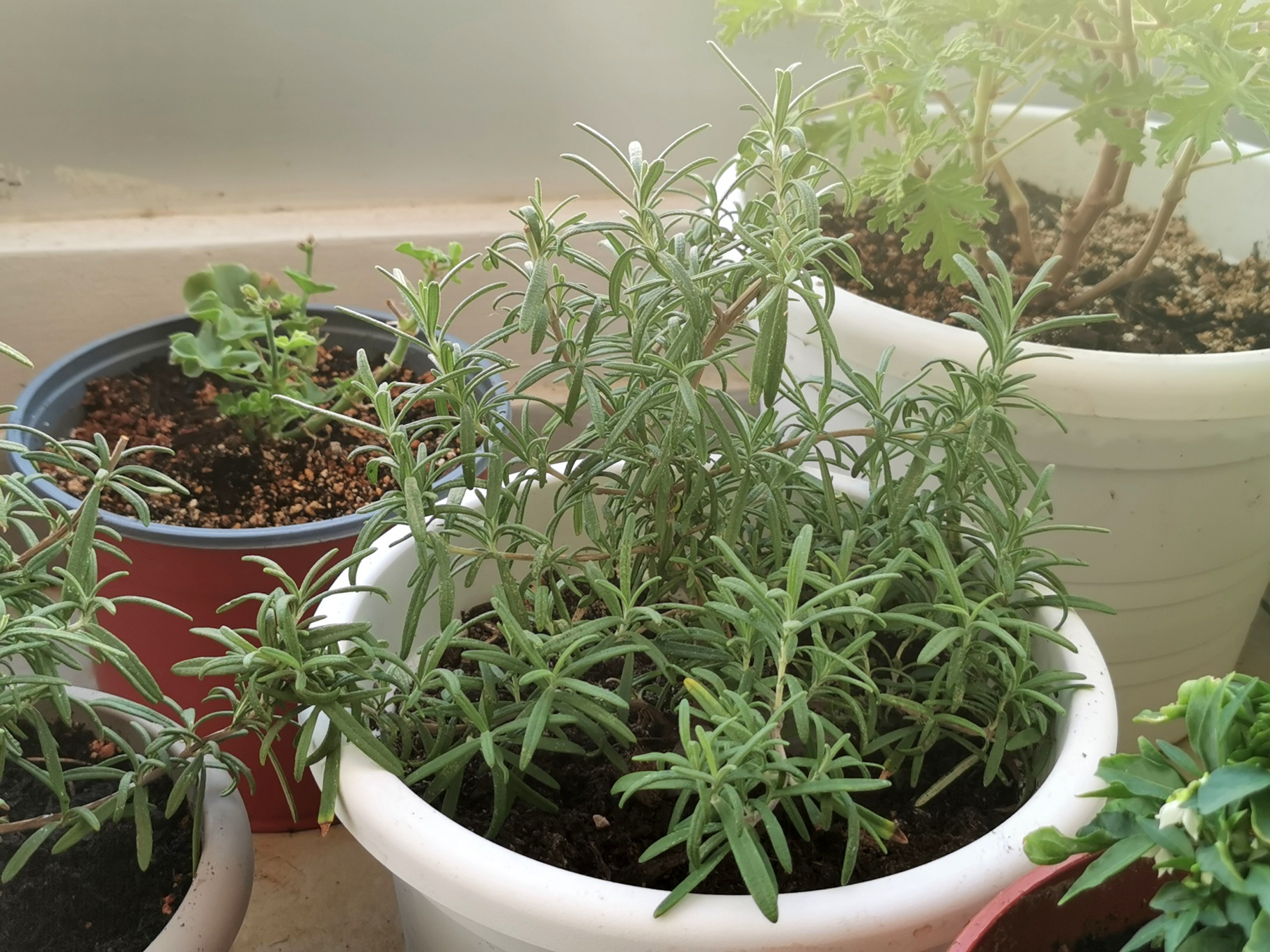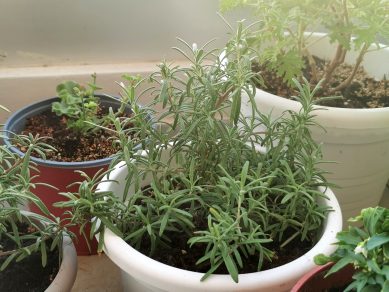

Follow me on TikTok for video blogs.
It doesn’t take much to start a painting, just a few pigments, a surface, and a tsunami of inspiration. This is where gardening comes in for me as an artist living in Nicosia, Cyprus.
My container garden is on my tiny balcony. Like painting, it doesn’t take much to start a garden, just a few pots, some growing medium, and an ocean of patience. Nature does the rest.
Writing about some of the gardening lessons I’ve learned and inspirations I’ve gained in my micro garden is a way to share and pass on Nature’s abundance to more people.
Pelargoniums
Pelargoniums grow well in Cyprus, although it’s best to keep them in dappled shade in summer as the heat can stress them. The colours are vibrant and captivating. The geranium’s vivid colour signals confidence, giving me the courage to choose bright colours when painting if I feel like it, if only because of their uplifting jolts of energy.
With watercolours, you can use too much water and dissolve the paint into nothingness. Geraniums don’t like to have waterlogged soil even in high heat, as I discovered after killing off a couple of them due to an overindulgence of H2O. I saved one of them by lifting it out, root ball and all, from the waterlogged soil and replanting it in well-draining soil with plenty of perlite pieces added.

Nature’s Memories
As I get more and more into gardening, I’m in constant awe of Nature’s incredible intelligence and foresight. She saves her memories in the form of seeds, plants, flowers, and trees which adapt every resource around them into a glorious abundance, a celebration really, of growth and life.
Even the plants that don’t make it can be composted and recycled to enhance the soil. In Nature, the leaves and stems of spent plants fall to the ground where they become mulch. Over time, the mulch is broken down by soil organisms like worms, other insects, and bacteria to become soil nutrients taken up by living plants to produce flowers and seeds. The seeds drop to the rich mulchy ground, germinate, take root and grow. In Nature, there is really no death or ending as we understand it, only an eternal cycle.
This creative energy inspired my painting Nature’s Memories. If you’d like to see more of my paintings, check out my website www.sarahfenwickart.com.
What grows well in containers?
One of the hardiest herbs in the Cyprus heat is rosemary. We’re in the equivalent of US hardiness zone 9b to 11a with a sub-tropical climate and high temperatures of over 40 degrees Centigrade in summer between June and September. Keeping my rosemary plants in dappled shade helped to protect them from direct, scorching light, and once the heat died down in late September, they were just as happy in direct sunlight.

I water my rosemary plants a little bit each day around the roots and make sure their soil is well-draining with plenty of garden perlite pieces added to the compost mix.
Soil drainage
Since I have to water so frequently to keep the soil moist in the heat, it’s important to have more than just drainage holes at the bottom of the container. Adding perlite keeps the soil aerated and any excess water passes through the drainage holes more easily. Otherwise, the soil tends to become rock hard and dried out on the top and too soggy on the bottom of the pot.
Lessons learned from growing Marigolds
Do marigolds repel garden pests?
It’s a myth that Marigolds repel pests because spider mites adore them and are difficult to spot until the damage is done because of the plant’s leaves which hide the spider webs.
In my experience, you have to keep a close eye on Marigolds because their intensely sweet scent attracts spider mites, which are adept at hiding underneath the fringe-like leaves to reproduce and weave tiny spider webs. From there, the spider mites spread to other plants, especially pepper plants and tomatoes.
Making art taught me that mistakes are the best thing that could happen to an artist. They challenge one to find solutions and never give up. The solution to spider mites on Marigold plants is to first be aware of the problem and second to clean the plants with running water and a toothbrush. Simply spraying a solution of pesticide or soapy water isn’t enough, there are too many places to hide, from the base of the flower heads to behind the tiniest leaves underneath the bigger leaves.
Once the spider mites are established, they suck the chlorophyll out of the leaves, turning them a silvery white, and then there’s not much to do but compost what’s left.
That’s not to say you shouldn’t plant Marigolds. They grow really well in our heat and the leaves and flowers can be used for teas and for adding scents to oils. It’s about vigilance, being aware of the potential problem, and catching the spider mites early so it’s all good.
In the next blog, I’ll be writing about cucumbers and tomatoes, and what works and doesn’t work.
Follow my blog on Facebook and Linkedin.
Sarah Fenwick is an artist, jazz singer, and writer who posts about her inspirations.




